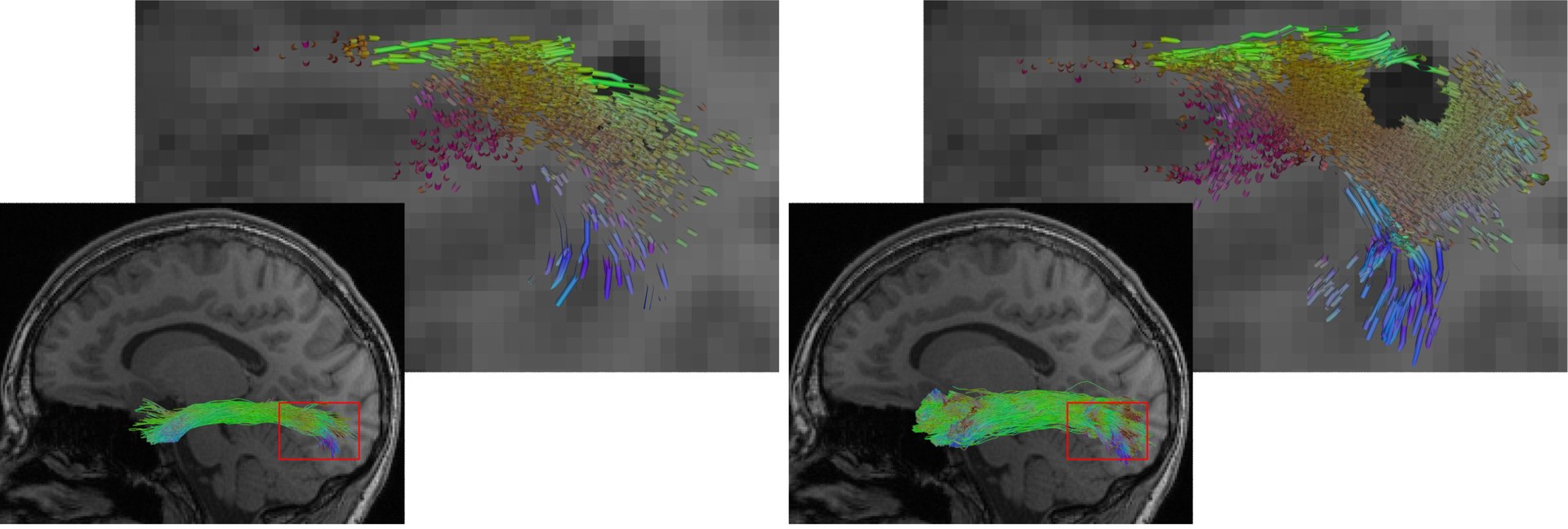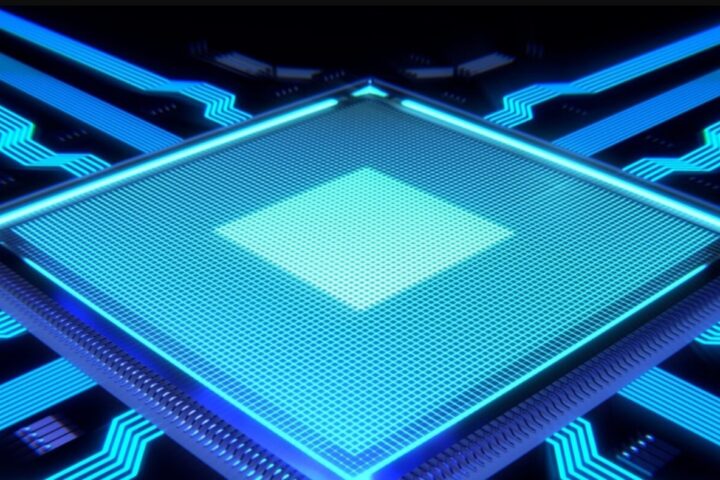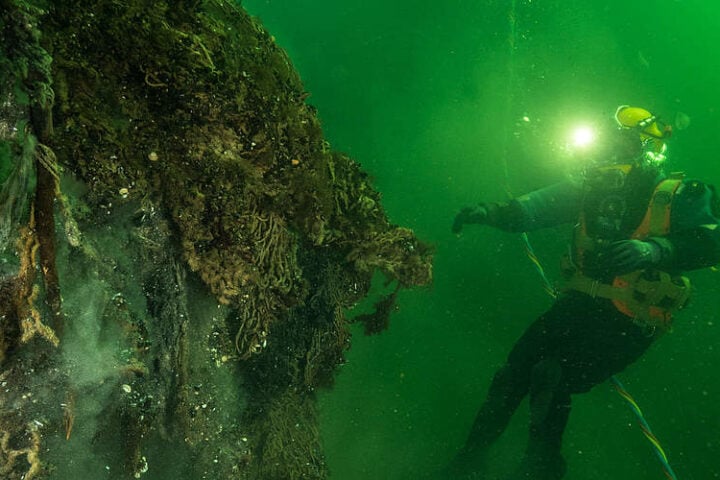Scientists at the University of Bonn have developed a better way to map brain connections using artificial intelligence, especially helping patients who need brain surgery. This advancement improves how doctors can see the vital pathways in the brain that control movement, speech, and thinking.
The research focuses on improving tractography – a specialized brain imaging technique that shows how different parts of the brain are connected through nerve fibers. These connections are essential for different body functions, working like a complex network throughout the brain.
“Our study demonstrates both the potential and the limitations of AI-powered tractography in clinical applications,” explains Professor Thomas Schultz from the University of Bonn’s Institute for Computer Science. He points out that combining AI with traditional methods creates more accurate brain maps, particularly important when planning surgeries.
The team tested an AI system called TractSeg on patients with epilepsy who had undergone hemispherotomy – a surgery that separates the brain’s two halves. While the AI worked well in many cases, it had an interesting problem: it sometimes showed nerve connections that surgery had already removed, a phenomenon known as “hallucination.”
To fix this issue, the researchers created a hybrid approach. They combined AI’s pattern-recognition abilities with traditional brain mapping techniques. This new method prevents these missing pathways from appearing and better shows the real connections that remain after surgery.
More Stories
The project represents a collaboration between AI researchers and brain specialists, funded through the University of Bonn’s research program. Dr. Theodor Rüber, a neurologist at the university’s Department of Neuroradiology, worked closely with the team to ensure the research would benefit real patients.
Looking ahead, this improved brain mapping could help surgeons plan operations with greater confidence. The more accurate imaging could help doctors better understand the brain’s communication networks when planning surgical procedures.
The research received support from multiple programs, including the BNTrAinee program and the Neuro-aCSis Bonn Neuroscience Clinician Scientist Program, showing broad institutional backing for this important work.
This development marks a significant step forward in medical imaging, where AI helps doctors see the brain’s complex network more clearly, potentially leading to safer and more effective surgeries for patients with neurological conditions.


















